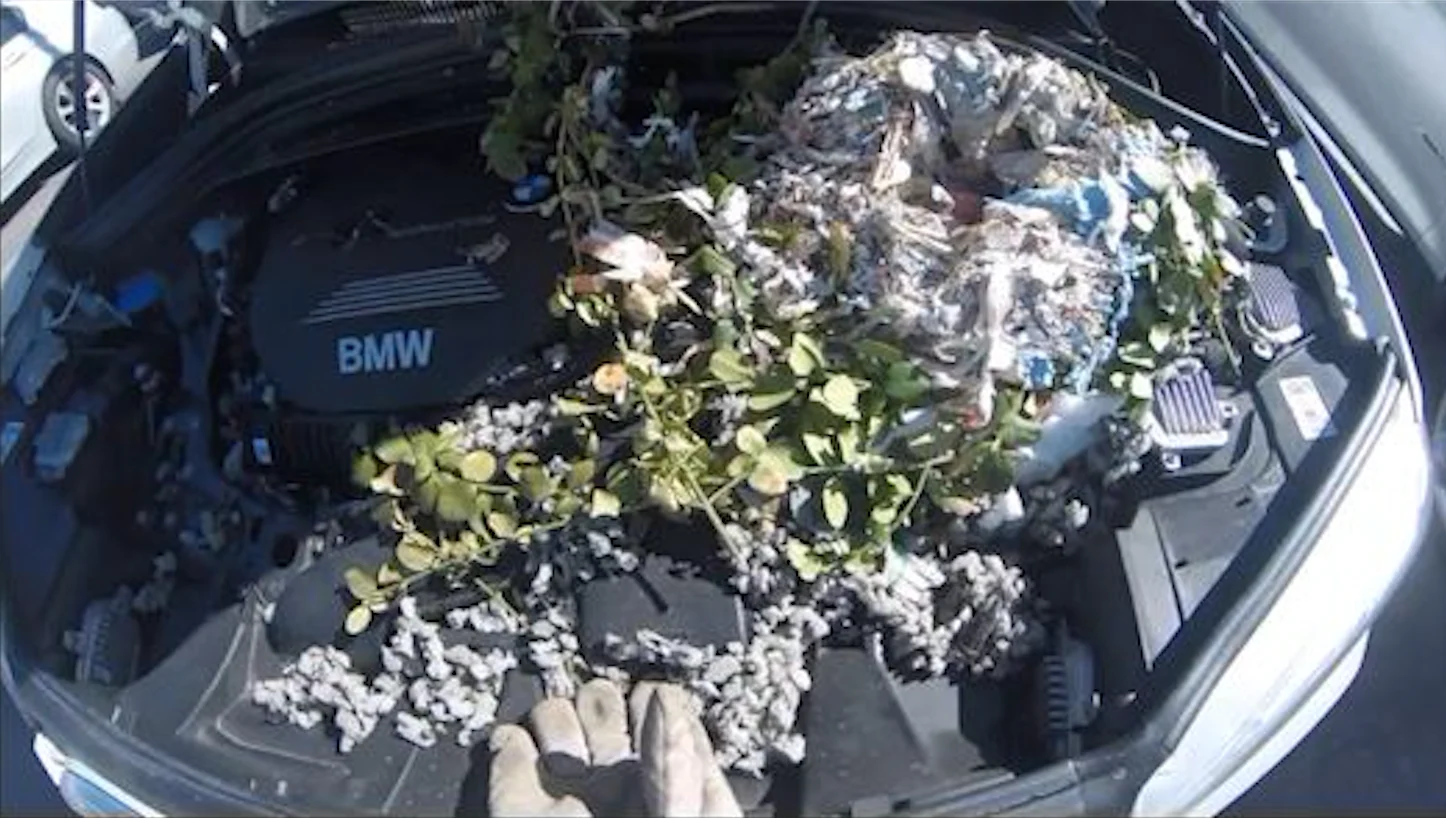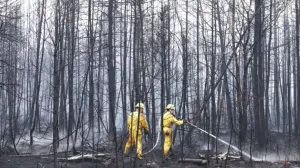
'We are in baby season’: Dealing with wildlife nesting in your home
With the warmer weather arriving in Canada (or will be soon), springtime also means babies for wildlife
Springtime is baby season for animals looking for places to start their families, and this includes our homes.
“Every home in North America typically has anywhere from 35 to 50 areas that animals can get into,” said Bill Dowd, president, CEO and founder of Skedaddle Humane Wildlife Control, in an interview with The Weather Network in 2020.
That includes chimneys, vents, downspouts, soffit vents and any other cracks.
Visit our Complete Guide to Spring 2023 for an in-depth look at the Spring Forecast, tips to plan for it and much more!
“Everybody thinks the roof is up there, [so] it's out of sight, it's out of mind but it's the most important part of your entire home. Raccoons, squirrels, birds, bats and mice, and rats can gain access into your attic from the roof,” said Dowd.
Raccoons are the first babies seen in the season, arriving around mid-March and continuing to the end of June, sometimes early July.
“Then we'll see squirrels, which will typically arrive towards the end of March, start of April. We'll see them, same thing, all the way through till June,” said Dowd.
He says the company even saw its first baby skunks, which will continue to be born until June and July.

Racoons in the attic of a home. (Skedaddle Humane Wildlife Control)
Baby birds will then typically arrive around mid-May and continue to be born into the fall.
Homeowners should be inspecting their properties for points of entry.
“Go outside. Take a look on the roof. Look for missing shingles that are torn off or ripped apart,” said Dowd. “When you're talking mice and rats, they can get in small, little weep vents that allow proper drainage and ventilation of your home, which needs to be secured with a screening.”
SEE ALSO: How and where to go on a safe quest to see wildlife in Canada
Be aware of garages, too.
“Garages that are left open that have joist spaces allow the animals to go in and get into the attic space,” he said. “The dryer or the kitchen stove...we get birds, mice, rats, squirrels going in through those.”
WATCH: How a map could help keep mammals protected
Cars are another popular nesting place
“If cars are sitting vacant...squirrels and mice or rats will get into the cars. They'll actually chew the wiring in the cars [that have] a vegetable biodegradable coating, which is actually attractive for those animals. They will actually chew the electrical wiring so the cars won't start,” said Dowd.
He suggests starting the car every few days and taking it for a drive around the block. That will prevent animals from gaining hold of nesting and engine compartments.

Squirrel nest found under hood of car. (Skedaddle Humane Wildlife Control)
Dowd and his teams don’t relocate the animals. They specialize in animal-proofing peoples’ homes.
“Typically, there's anywhere from 35 to 55 raccoons in a square kilometre. They're always going to be around and they're always going to want to come back and get into that home," Dowd. "So, the most important part is animal-proofing, [whether it's] installing a screen or fixing it so they can't get back in."
The key is to learn to coexist among the animals.
“All urban wildlife typically have anywhere from 7 to 10 den sites in a neighbourhood, so that's where they're staying. They're here," said Dowd. "Homeowners need to recognize this and animal-proof their home.”
WATCH: Evidence shows Canadian conservation efforts are paying off
Thumbnail courtesy of Skedaddle Humane Wildlife Control.
EDITOR'S NOTE: This story was originally published during the COVID-19 pandemic in March 2020.










